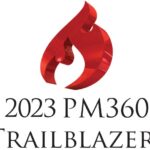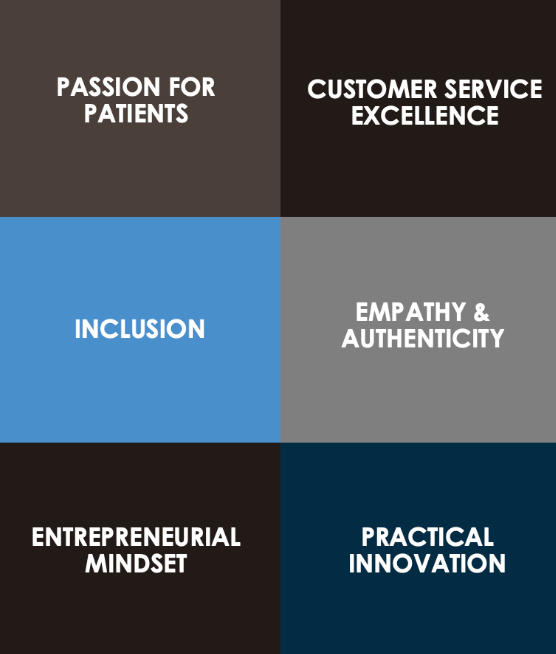By Jenn Mason, as published in PM360, June 16, 2023
Patient engagement is a classic “iceberg” field: There’s way more hidden below the surfact than the immediate optics suggest. For example, while people may intuit that empathy, logistical competence, and a call center infrastructure are critical components of patient engagement, they don’t always realize how research capabilities, legal and regulatory expertise, and privacy policies play into all of this. This point was made clear to me recently, when someone thought our integration with pharma industry’s cloud computing provider Veeva was noteworthy enough to put us up for an award. While some might ask, “Can you work with this system,” I would ask, “How could you not?” […]
Mandatory annual legal and regulatory trainings and refreshers are an investment in human capital, and they’re critical to successful patient engagement. Knowing and respecting the rules that apply is what keeps brands safe. These rules include continually evolving privacy regulations, pharmacovigilance, fair balance, transparency disclosures, intellectual property, and what “on-label” means. Teams that directly engage with patients must know when and how to report an adverse event/product complaint (AE/PC) and the steps that follow after the initial AE/PC report. They have to know how to process data in a HIPAA and GDPR-compliant way. They have to also be aware of privacy-related concepts, such as the “Right to be forgotten.”That’s the internal side of the “people” dimension. But there’s an external side as well. Keeping your brand safe also means that you invest in the patients you engage with. […] Different rules apply [to Patient Ambassadors, Patient Opinion Leaders, and influencers]. […]
Beyond the tight corset
The best legal and regulatory training [is worth only as much as the instruments you give your team] to ensure compliance. For example, it’s important to tell people what an adverse event (AE) is and that they need to report it. But there also needs to be a process and system in place to handle an AE. […] Physical infrastructure and business processes are important safeguards for brands. […] Any industry, but our in particular, has to carefully vet which systems are suitable for a company’s specific needs.
I wouldn’t recommend viewing all of this as strictly limiting factors. Legal and regulatory rules protect patients and, ultimately, the industry, by giving everyone confidence that there won’t be any unwelcome surprises. Icebergs are dangerous when you’re not aware of all that’s unseen. But when you know it’s there, you can safely navigate the area.
Done right, patient engagement goes beyond marketing within a tight corset. It becomes a way to grow a brand’s reputation, market share, and profile, as well as a vehicle for healthcare transformation, patient empowerment, and improved health outcomes. [Read the entire article at PM360]















